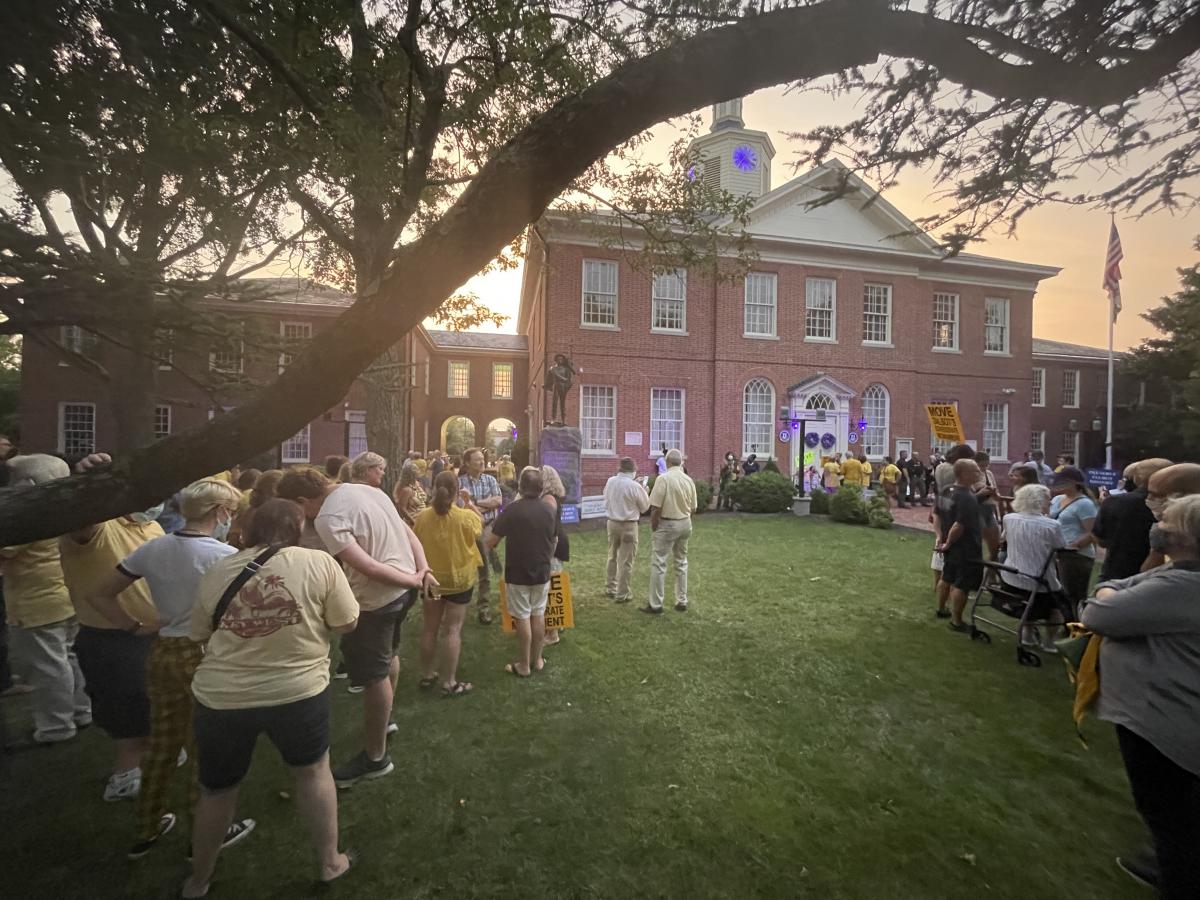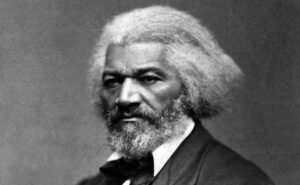The county council voted 3-2 Tuesday night to move the Confederate statue on the courthouse lawn to the Cross Keys Battlefield in Harrisonburg, Va.
Cross Keys is a private park under the custody, care, and control of Shenandoah Valley Battlefields Foundation.
Councilman Frank Divilio had the administrative resolution prepared for introduction and vote at the council’s regular meeting.
Divilio was joined by Council Vice President Pete Lesher and Councilman Corey Pack in voting to relocate the statue. Council President Chuck Callahan and Councilwoman Laura Price voted against the move.
Divilio said he had tried to find a local site, but no one wanted the controversial monument.
Price, who had had an administrative resolution prepared to provide for a unity monument that would add a Union soldier statue and the names of Talbot’s Union soldiers to the base, said she thought the issue deserved a public hearing and planned to introduce a numbered resolution at a later date instead.
Price and Callahan urged Divilio to delay a vote on his resolution so a public hearing could be held. But Pack noted a council majority had denied several requests from community groups for meetings to discuss the statue.
The draft administrative resolution to relocate the statue is below.
DRAFT_Administrative_Resolution_-_Relocation_of_Talbot_Boys_Statue_-_September_2021The 3-2 vote garnered applause from the audience, which consisted almost entirely of those who supported moving the monument, and cheers from the larger crowd gathered outside. Audience seating in the county council chambers is limited to about 30 people, available on a first-come, first-serve basis.






